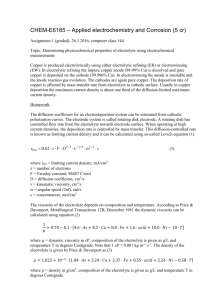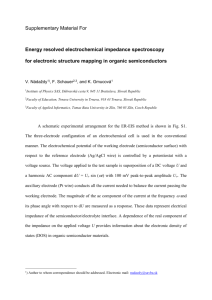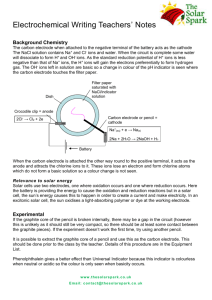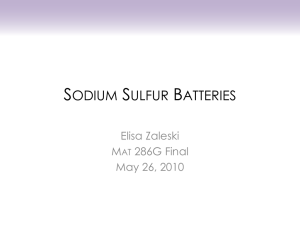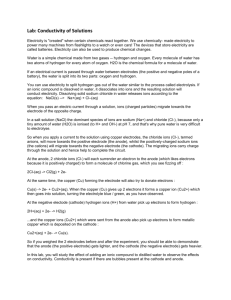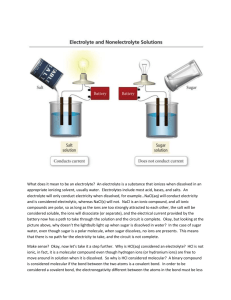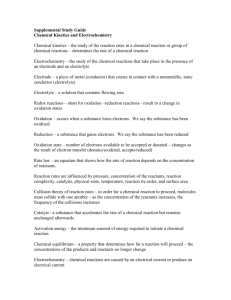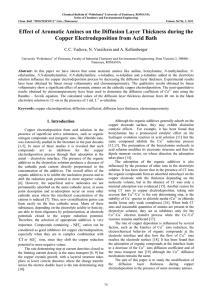What Makes a Sound Utility Storage
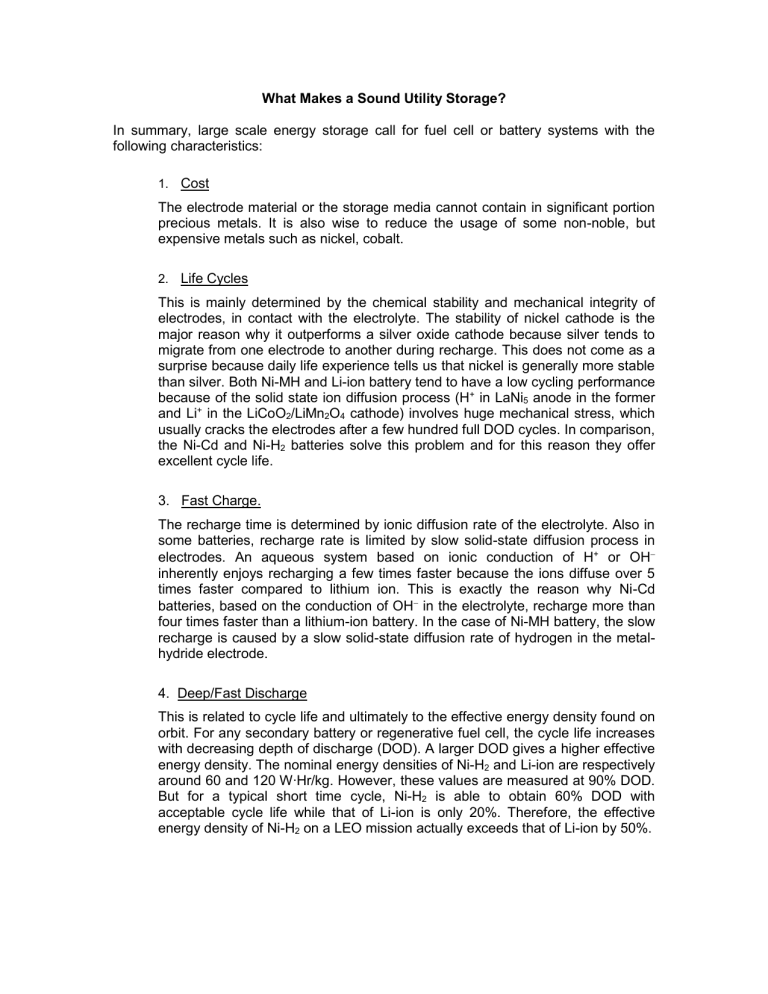
What Makes a Sound Utility Storage?
In summary, large scale energy storage call for fuel cell or battery systems with the following characteristics:
1. Cost
The electrode material or the storage media cannot contain in significant portion precious metals. It is also wise to reduce the usage of some non-noble, but expensive metals such as nickel, cobalt.
2. Life Cycles
This is mainly determined by the chemical stability and mechanical integrity of electrodes, in contact with the electrolyte. The stability of nickel cathode is the major reason why it outperforms a silver oxide cathode because silver tends to migrate from one electrode to another during recharge. This does not come as a surprise because daily life experience tells us that nickel is generally more stable than silver. Both Ni-MH and Li-ion battery tend to have a low cycling performance because of the solid state ion diffusion process (H + in LaNi
5
anode in the former and Li + in the LiCoO
2
/LiMn
2
O
4
cathode) involves huge mechanical stress, which usually cracks the electrodes after a few hundred full DOD cycles. In comparison, the Ni-Cd and Ni-H
2
batteries solve this problem and for this reason they offer excellent cycle life.
3. Fast Charge.
The recharge time is determined by ionic diffusion rate of the electrolyte. Also in some batteries, recharge rate is limited by slow solid-state diffusion process in electrodes. An aqueous system based on ionic conduction of H + or OH
inherently enjoys recharging a few times faster because the ions diffuse over 5 times faster compared to lithium ion. This is exactly the reason why Ni-Cd batteries, based on the conduction of OH
in the electrolyte, recharge more than four times faster than a lithium-ion battery. In the case of Ni-MH battery, the slow recharge is caused by a slow solid-state diffusion rate of hydrogen in the metalhydride electrode.
4. Deep/Fast Discharge
This is related to cycle life and ultimately to the effective energy density found on orbit. For any secondary battery or regenerative fuel cell, the cycle life increases with decreasing depth of discharge (DOD). A larger DOD gives a higher effective energy density. The nominal energy densities of Ni-H
2
and Li-ion are respectively around 60 and 120 W∙Hr/kg. However, these values are measured at 90% DOD.
But for a typical short time cycle, Ni-H
2
is able to obtain 60% DOD with acceptable cycle life while that of Li-ion is only 20%. Therefore, the effective energy density of Ni-H
2
on a LEO mission actually exceeds that of Li-ion by 50%.
All these major battery/fuel-cell characteristics can be predicted from the electrochemical, mechanical properties of the electrode and electrolyte. Fast recharge/discharge depends on fast ionic mobility in: 1) the electrolyte and 2) the electrode. In order to have a good fast charge property, the electrolyte system is preferably aqueous. The reason is simple: ions in aqueous solution usually have higher diffusion rates and mobility than in organic solution. The active ions that are conducted through the electrolyte are preferably protons or OH
. This is exactly why both Ni-H
2
and
Ni-Cd have such excellent fast recharge/discharge properties. First, the electrolyte is aqueous, being a H
2
O solution of potassium hydroxide. Second, the active ions are
OH
, whose mobility is second only to that of proton.
Fast charge/discharge also depends on the electrode processes. In general, if the proper functioning of the electrode involves solid-state diffusion of atoms or ions, the charge/discharge rate will be slow. This is the case for both Li-ion and Ni-MH batteries.
The charging of Li-ion batteries requires the intercalation of the carbon anode by lithium ions/atoms, and the de-intercalation of the LiCoO
2
cathode. This intercalation/deintercalation involves intrinsically slow solid-state diffusion of lithium ions, which is several orders of magnitude lower than diffusion in liquid or gas phase (the solid-state diffusion rate is on the order of 10 -8 to10 -13 cm 2 /S. A similar problem occurs at the LaNi
5
(negative) electrode of Ni-MH batteries and this impedes fast charging of this battery.
This does not mean that a solid-state electrode is necessarily slow. For example the Ni-
Cd has an excellent fast-charge, because the Cd atoms, formed during charging from
Cd 2+ ions, simply deposit to the anode surface. Therefore, the essential anode process does not involve any solid-state diffusion of Cd in the bulk of anode, making the process intrinsically fast.
For electrode process involving gas, such as that at the Ni-H
2
anode, excessive pressure build-up will shift the reversible reaction H
2
+ 2 e
2H
⁺
towards the forward direction. In other words, accumulation of the hydrogen pressure helps discharge the battery, and therefore, slows down the recharge rate. This is one of the reasons why it took nearly 30 years for Ni-H
2
to mature to a stage where its charge rate finally approached that of Ni-
Cd.
To satisfy the demands, electrochemical cells with the following properties are preferred: a) H
2
O-based electrolyte, in either liquid or solid form
(fast charge/discharge, deep DOD) b) Conduction ions in the electrolyte are either protons or OH
(fast charge/discharge, deep DOD) c) Catalytic electrodes of fuel cell, redox style
(long cycle life, deep DOD) d) Liquid phase reducing agent and oxidizer
(fast charge) e) Electrochemical pair is high in energy.
